Poplar
Recognizing poplar
Poplar is recognized by:
- Its oval serrated leaves with a long pointed tip
- Its fruit: ovoid capsules
- Its straight slender trunk reaching up to 40Â m high
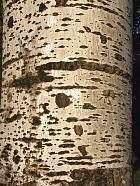
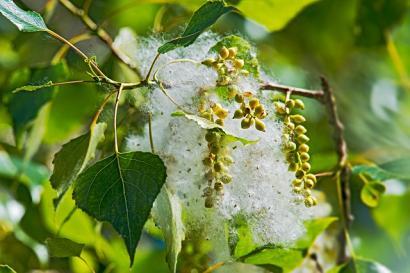
Sites favored by Poplar
Definition of a forest site:
zone of varying size across which ecological conditions are the same: climate, relief, geology, soil and natural vegetation.
Temperatures
Average temperature of 7-12°C. Heliophilous species.
Rainfall
Requires an average 700-1,200Â mm rainfall per year. Needs a lot of water but does not tolerate waterlogging. Sensitive to frost.
Soils
The poplar mainly likes riverside forests where its preferred characteristics can all be found. It likes light, well-aired, deep, cool, neutral soils. Despite its strong attraction to water, it is strongly recommended not to plant poplars in marshlands. Prefer alluvial plains instead.
Root development of the poplar
- Running root development
- Not very wind resistant
Poplar plantation
| Density | Spacing | Benefits and drawbacks |
| 150-200 stems/ha | 7 x7 m or 8 x 8 m | Fast growing, can be logged after 15 years. The poplar is one of the most productive species in France. Does not like competition from weeds. |
N.B. Poplars are planted as sets, i.e. stems without roots.
Final density: 150-200 stems/hectare
About poplar cultivation
Poplar cultivation involves the planting of clones or cultivars.
Clones are all the genetically identical individuals produced from the multiplication of a single original specimen. A close becomes a cultivar once it goes on the market.
There are more than 145 cultivars, 17 of which are eligible for State aid in France.
In poplar cultivation, it is useful or indeed necessary to mix several cultivars to create a stand, firstly to ensure production and meet the population ecological requirements of each clone, and secondly to withstand diseases. To ward off disease, a single cultivar will be planted over a maximum 2-3 hectares.
The clone or cultivar method is used when planting poplars to ensure (depending on cross-breeding) that the descendance inherits the physical characteristics of its progenitors and the disease-resistance of each one of them.
The aim is thus to create stronger individuals that are as profitable as possible.
Growth and production of Poplar
- Rapid growth
- Production of 15Â m3/ha/year (depending on site).
Poplar wood
- White heart and indistinct sapwood.
- Easy sawing, dries without cracking or deformation.
- Durable heartwood.
- Excellent wood for carpentry, joinery and moldings.
- Also used for pallets, crates and paper pulp.
- Trade name: Poplar

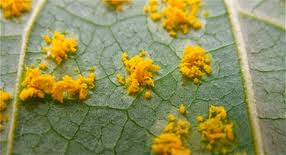
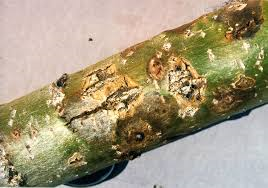
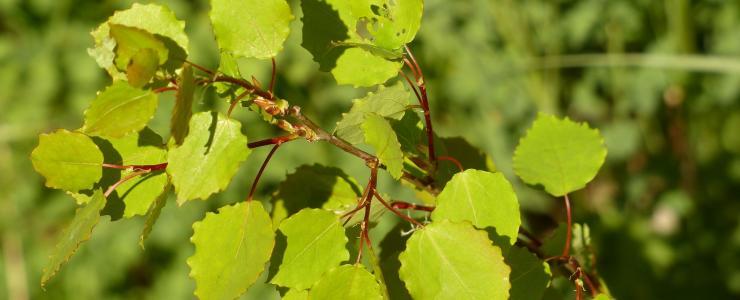
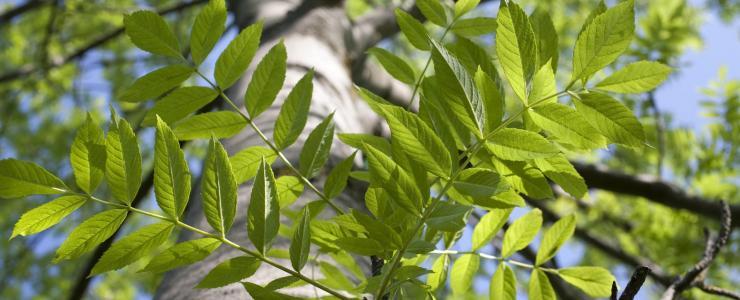
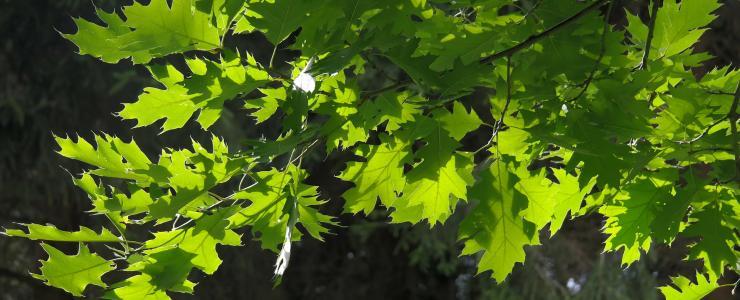
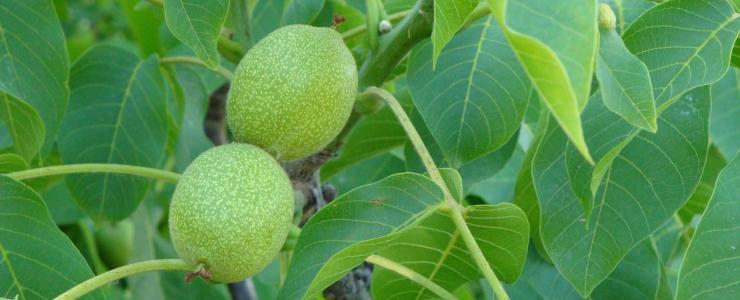
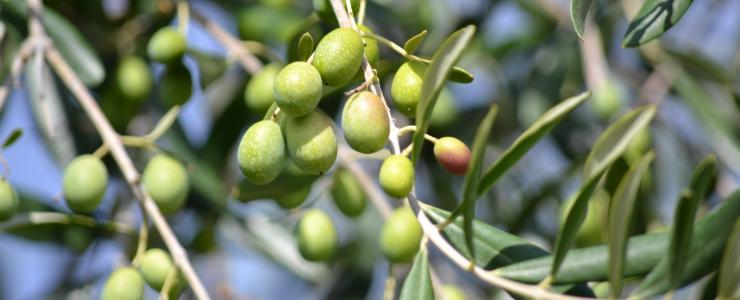
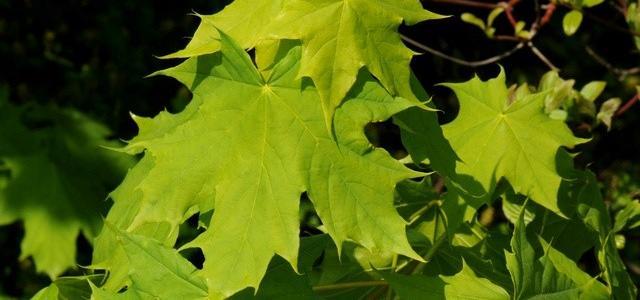
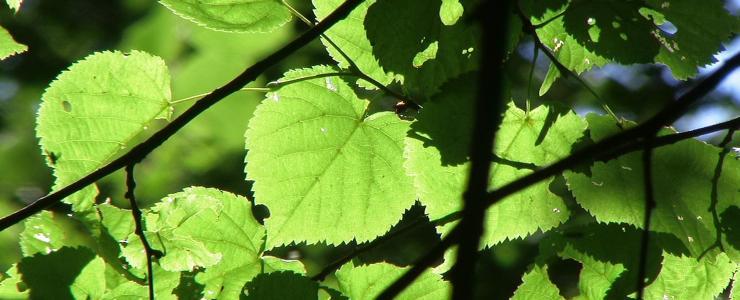
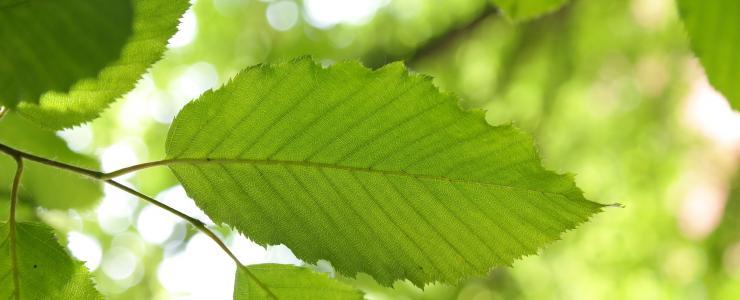
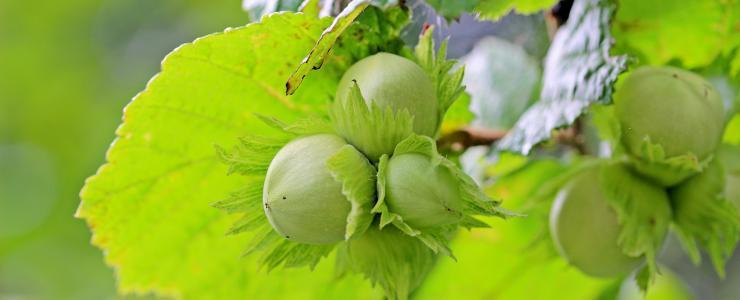
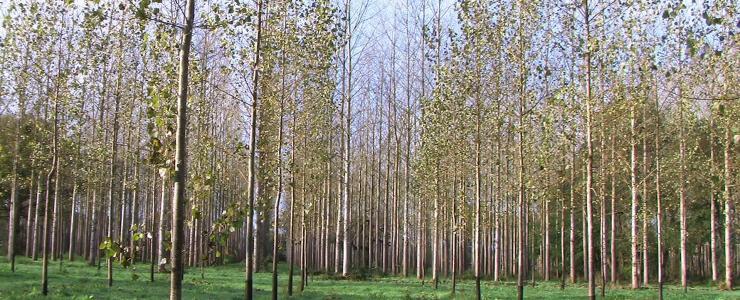
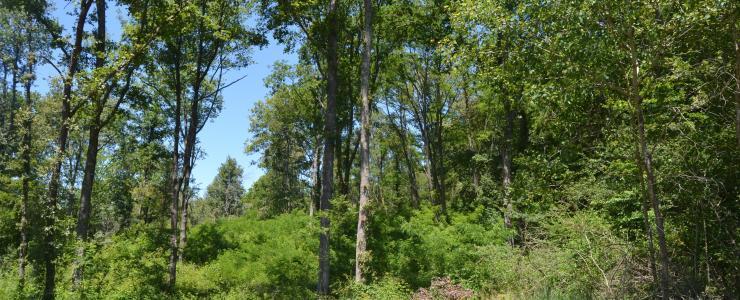
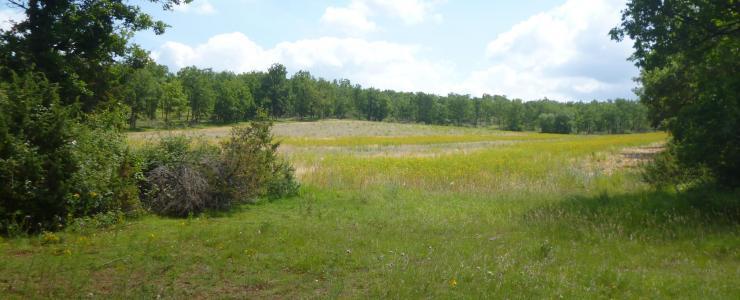
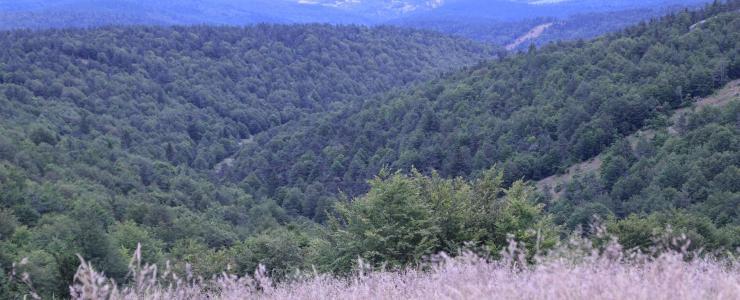
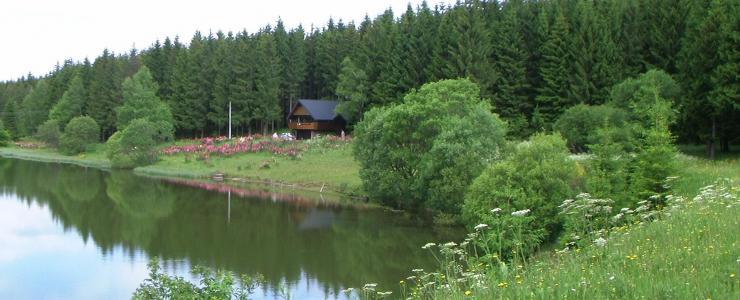
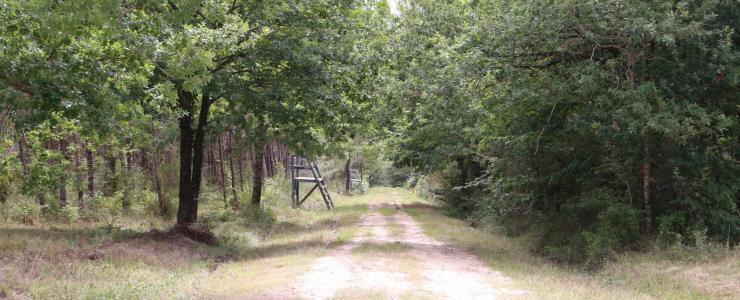
Economic view
The poplar is one of the most productive species in France and provides wood all year round to different stakeholders in the forest/timber sector.
In fact, all of its wood can be used in one way or another. Its various qualities are put to good use and it is increasingly worthwhile investing in a poplar forest.
The higher grades of wood will be used in construction or veneer and plywood; the rest is used for fuelwood, packaging or paper. The poplar is one of the leading suppliers of paper pulp in France.
Different clones are created to produce poplars that meet the varying requirements of the sector’s stakeholders. In addition, the production cycle is short and profitable (between 15-20 years depending on the clones and site). A real advantage that makes the purchase of a poplar forest a worthwhile investment.
The trees are sometimes used to consolidate river banks. Given all of this, the poplar is not likely to lose its key position in the French economy. The acquisition of a poplar forest is all the more appealing when we recall that France is the second largest producer in Europe, after Italy, and third largest in the world.
Poplar woods are being planted increasingly often in France.
However, the latest trends indicate a shortage within the next ten years, given the high demand and a plantation rate that remains too low. If this trend is confirmed, the purchase of a poplar forest is a very wise move.